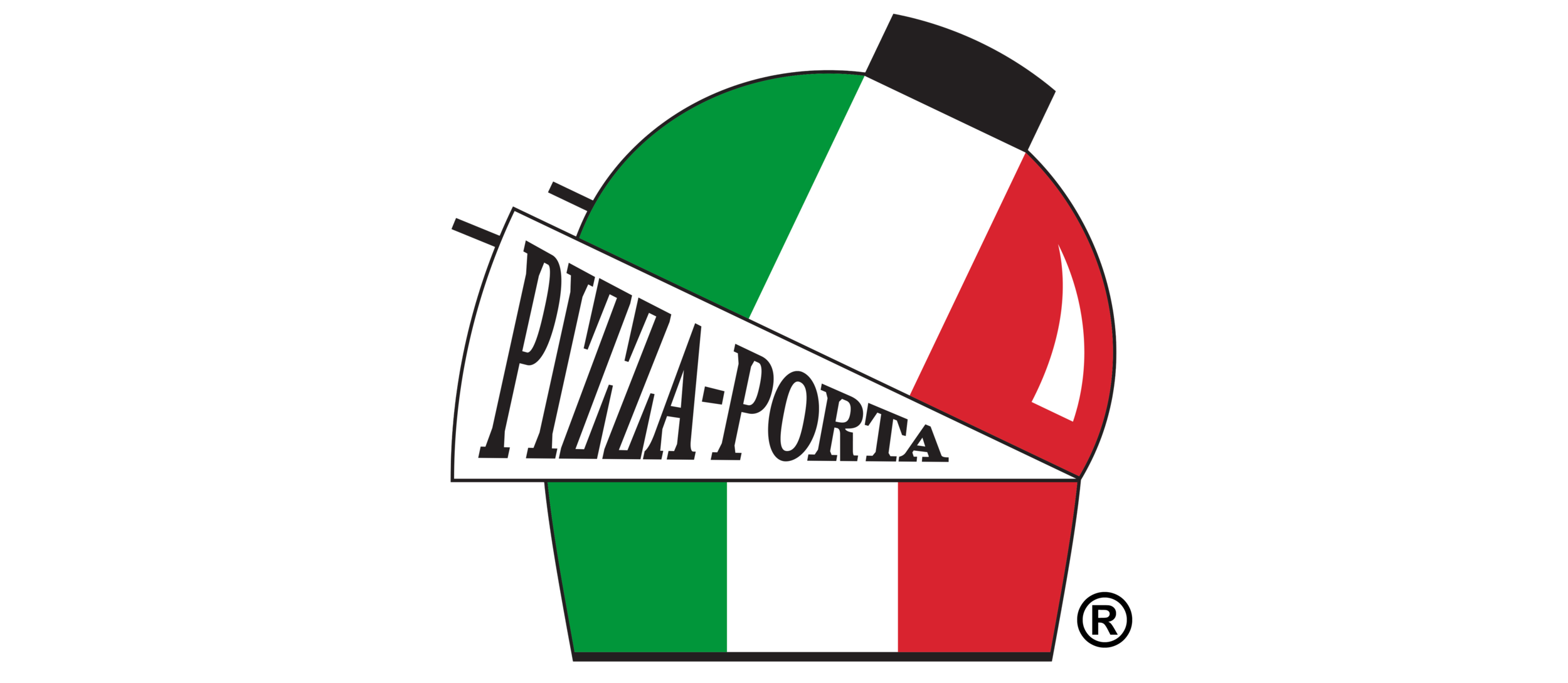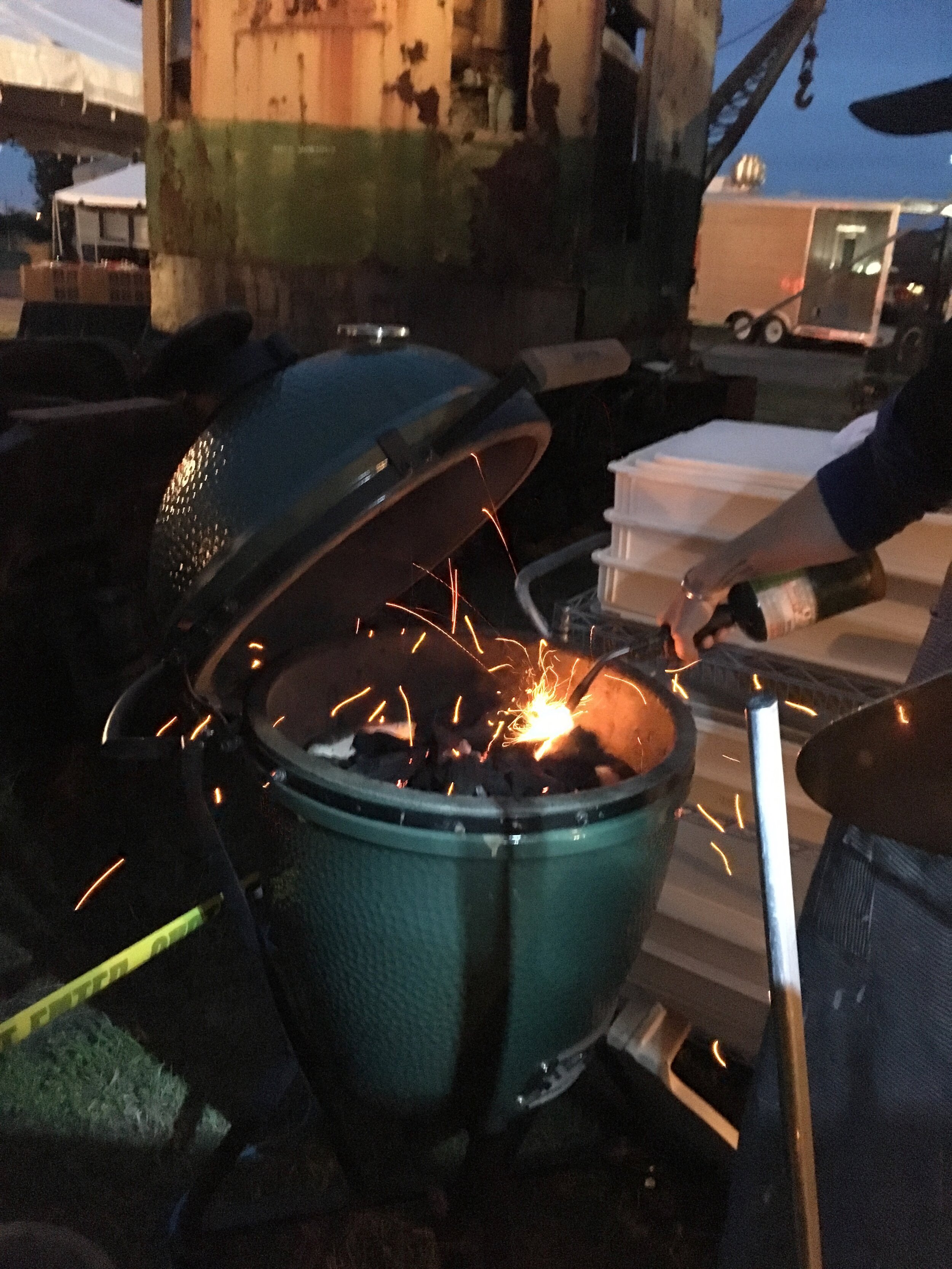My Pizza NASCAR
I want to ensure that the Pizza-Porta is going to perform in all sorts of conditions. I can’t think of a better way than to cook a lot of pizza in tough conditions. Putting the Pizza-Porta in the hands of a restaurant was the toughest test I could imagine. Just like Ford, GM, and Honda point to racing as the best way to learn about vehicle design and performance, putting a Pizza-Porta to work for a restaurant is my NASCAR. At the Savannah Food and Wine festival, I learned many important details that I am happy to share.
Festival:
1) We would have 2 hrs on Friday night and 4 hours on Saturday to cook.
2) About 5000 people would be attending.
3) There were 5 wine/liquor/beer booths for every food booth (did that get your attention?)
4) We would have pros from the restaurant making and cooking pizza - I just needed to ensure that the ovens would be running perfectly for both events.
5) It was going to be chilly on both days.
6) The restaurant brought 300 doughs for the weekend - (no pressure.)
The first night started out great. We were giving out free samples on this night so the pizza was flowing. We had 2 double racks set up in 2 Large BGE units. I ran both units with Kick Ash Baskets, a plate setter in place and the RCL double rack. As fast as a pizza would come out we had a fresh one to go in. Handing out samples allowed us to drive the flow of pizza. Pizzas were cooked in place generally - not moved from bottom to top. To keep the stones hot from pizza to pizza and cooking fast we chose to run the eggs over 1000F dome temp. The constant flow of pizzas kept the stones down below 700F. When we ran steady, things went like clockwork and pizzas were cooking in less than 2 minutes. We had started the grill about an hour before the event to ensure it had heated up, and it was ready to cook right on time. We ran through the evening super hot! We did about 120 pizzas.
The second day was going to be a different event with pizza sold to the attendees. That put a wrinkle in our plan because the steady flow of pizza might be interrupted by the transaction timing. We also had three different pies on the menu so we needed to manage the supply/demand of each one. We began the cold morning lighting up the two grills about 15 minutes apart and got ready for the day. The gate opened and we began to ramp up the supply of pizzas. Unfortunately, the crowd needed tokens to buy pizzas so people had to go elsewhere to exchange their cash for tokens. We suddenly found ourselves with a large number of pizzas ready to go! Slowing down got the stones really hot. We used the cast iron fire plate to get some heat out of the stone. Once we had the stone in check we were back in business. Customers started showing up with tokens and we were underway again. The guys from Local Pie can stretch a dough, get all the ingredients on and ready for the oven in about 30 seconds. We ran with 3 wooden peels to load the ovens. These high temperatures consume fuel. After about 2 hours the first grill dropped down to about 700F.
The other grill then needed a refuel so I loaded it up and it returned to its former temperature without a problem. We continued to crank out pizzas for the next 2 hours with one Egg performing perfectly, the other muddling along with the temperature a little out of balance but still super hot. Great pizza guys know how to work in less than ideal conditions so thankfully they worked out how to move the pizzas so the edges were balanced with the bottom. When all was said and done, we sold 160 pizzas in about 3 hours.
Once the festival was over I had the chance to deconstruct what was going on in the ovens. I pulled all of the parts out and inspected the contents. I learned that the reason the first oven did not get back to our target temperature was that it had a mat of ash in the basket from the first batch (I did not “shake that ash” when reloading due to the high temperatures when re-fueling.) The airflow was coming in around the edges, but the solid mat kept the charcoal from being completely engulfed in the center. This also explained the weird flame coming up around the edges - all the air was on the edges and none was coming up through the middle.
It was great having a high-stakes, high-volume event to put the Pizza-Porta 2.0 to the test. We learned how many pizzas are possible in a short time. We also learned some important lessons about re-fueling and achieving even cooking at high temperatures.
Important Lessons:
A consistent flow of pizzas is important at high temperature
Make sure to stir the hot coals around when refueling - knock the ash out.
Pull the heat out of a stone with a cast iron pan
280 pizzas is a lot!
Practice improves your game






